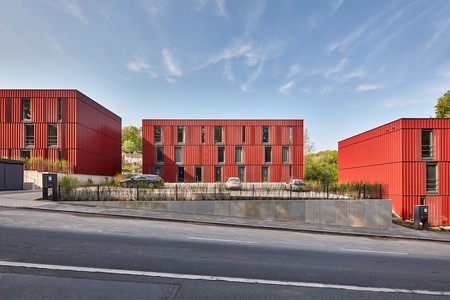GREEN DATA-CENTER University of Bourgogne - Dijon
Last modified by the author on 19/12/2018 - 17:30
- Year of commitment : 2015
- Address 1 - street : DIJON, France
- CO2 Impact : 117 tonnes of CO2 saved each year
- Green energies : Recovering of fatal energy, Energy Efficiency, Heat
- Digital services : Data centers
-
250 000 €
- Builder
OCHSNER (par Tenova Distribution) - Manager / Dealer
University of Burgundy
"Data center": the necessary shift in energy efficiency
The digital world is changing as our near future is expected to be ultra-digitized with, according to Cisco estimates, more than 50 billion objects connected to the Internet by 2020.
9% of French electricity consumption is due to data centers
Reduce the number of printed documents, sort waste, promote employees' own mobility as many actions as companies are gradually adopting to reduce their ecological footprint. But few of them know the impact of their computer data exchanges, despite the importance of their weight:
- Responsible worldwide 1.5% of energy consumption and 2% of carbon emissions
- Energy accounts for 30 to 50% of data center operating costs
- A data center of 10,000 m² consumes as much as a city of 50,000 inhabitants
- The data of a company of 100 people who send an average of 33 emails a day involve the same emission of greenhouse gases in one year as 22 round trips by plane between Paris and New York.
- Energy consumption on average, per square meter, almost 37 times more than that of a house (5.15 MWh per square meter against 0.14)
Data centers will take a quarter of the city's future energy demand. The data centers of Greater Paris will consume in 2030 as much as one million inhabitants. If we do not anticipate their rapid growth, strong structural imbalances will appear and saturation approaches very quickly. Yet, they are vital for digital development.
The University of Burgundy innovates with energy recovery
To heat some of its 115-hectare campuses and 28,000 students, the University of Burgundy has opted for a highly ecological solution by reusing the energy of their new data center.
One stone two shots
The Ochsner brand high-temperature (90 ° C) double-stage thermo-fridge pump, distributed by Tenova, cools the data center and recovers the calories that contribute to heating buildings. In summer the heat is used for the production of hot water for the kitchens of the university restaurant. Rather than spending energy on one side cooling the data center and on the other heating buildings, this process allows a double economy.
Located on the site of the old boiler room, the data center is connected to the university's hot water network. The heat generated by the data center (480 kW today and 900 kW at term) is thus valued instead of being evacuated. But for this, it was necessary that the heat produced be transported at 90 ° C and not at 60 ° C as allowed by most heat pumps on the market. Only Ochsner, our partner and manufacturer in Austria, was able to supply the correct thermo-frog pump unit. This calorie recovery system involved an additional cost of about € 115k for the university compared to a conventional solution.
Progress Status
Delivered
Data Reliability
Self-declared
Funding Type
Public
Website Enterprise / Infrastructure
http://www.techniques-ingenieur.fr/actualite/articles/luniversite-de-bourgogne-se-chauffe-en-partie-grace-a-son-datacenter-40045/http://www.jerlaure.fr/realisations/universite-de-bourgogne/
Sustainable Development
Testimony / Feedback
- http://www.cio-online.com/actualites/lire-l-universite-de-bourgogne-se-chauffe-avec-son-nouveau-datacenter-8993.html
- http://www.jerlaure.fr/realisations/universite-de-bourgogne/
- http://www.techniques-ingenieur.fr/actualite/articles/luniversite-de-bourgogne-se-chauffe-en-partie-grace-a-son-datacenter-40045/
Governance
University of Burgundy / Jerlaure (design office)
Public Local Firm
OCHSNER (par Tenova Distribution)
Other
University of Burgundy
Public
This project values the calories of the data center to produce hot water at 90 ° C for heating and hot water. The additional investment of this system is amortized in the second year. A hot power of 480 kW is thus recovered.
Sustainable Solutions
- Energy/climate :
- Renewable energies
- Low-carbon materials/ infrastructure
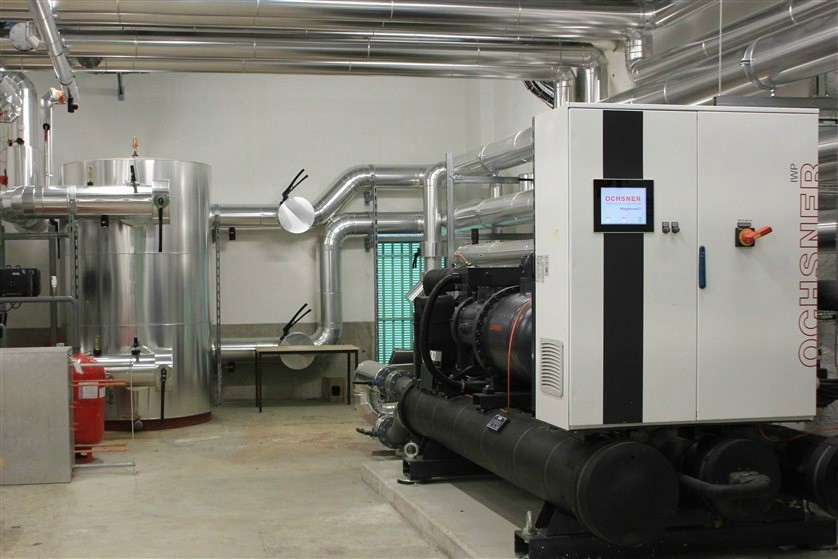
Ochsner heat pump - cooling and heat recovery (90 ° C)
At the University of Burgundy, the calories released by the data center no longer escape into nature. They are reintroduced into the heat network, thanks to a device adapted to high temperature hydraulic circuits. Data centers, or farms of computer servers, dissipate enormous quantities of heat finally evacuated in the atmosphere thus lost. The valorization of this "fatal" heat has been at the center of many initiatives in recent years. The heat network at this university uses high temperature water (90 ° C) and therefore required a specific and unpublished installation on this scale. The company Tenova Distribution specializing in renewable energies has brought the solution with its Austrian partner and manufacturer Ochsner, the only industrial company able to offer a high temperature thermo-refrigerated pump unit (98 ° C max output). Spread over some 300 m², the data center belonging to this university has been operational since September 2015. It was implemented by Jerlaure and installed by SPIE. A two-year amortization This boiler supplies the University's existing heat network with water at 90 ° C. The Jerlaure teams then choose Ochsner brand heat recovery units, an Austrian company, that respond to this problem. " These equipments have two refrigeration stages and have the particularity of producing water up to 98 ° C at the condenser outlet ". Caloric exchange cycle between the server room and the boiler room " The computer bays are cooled by chilled water terminal units. The water enters at 10 ° C and comes out at 15 ° C. It is then transported to the Ochsner groups in the boiler room, which return the water to 10 ° C. The recovered heat is used for some of the heating needs in winter. The system is also interesting outside the winter season. In summer, the only heat produced by the data center makes it possible to meet the needs of campus kitchens. This is an advantage for the operator: the valuation is made on 365 days a year.






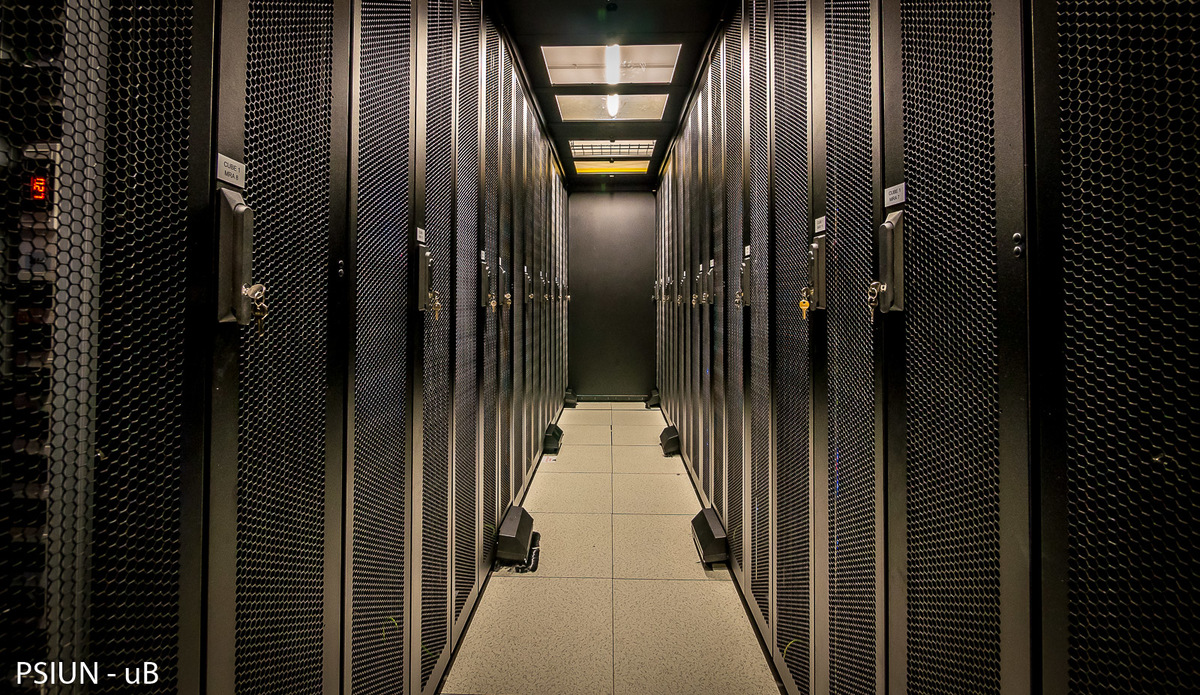
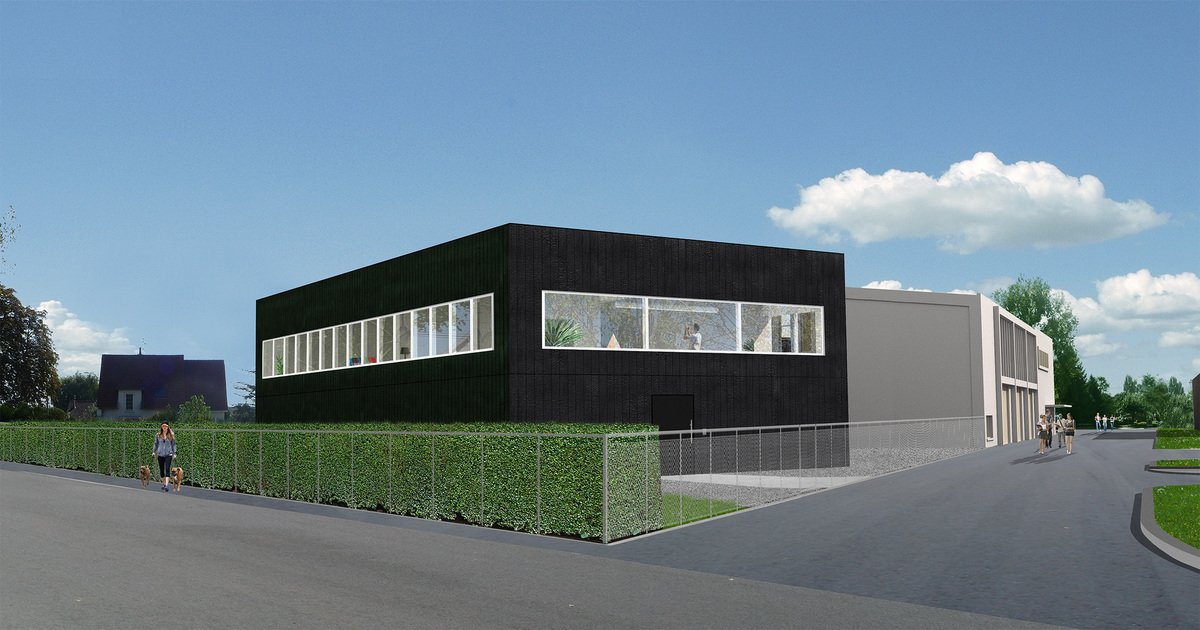

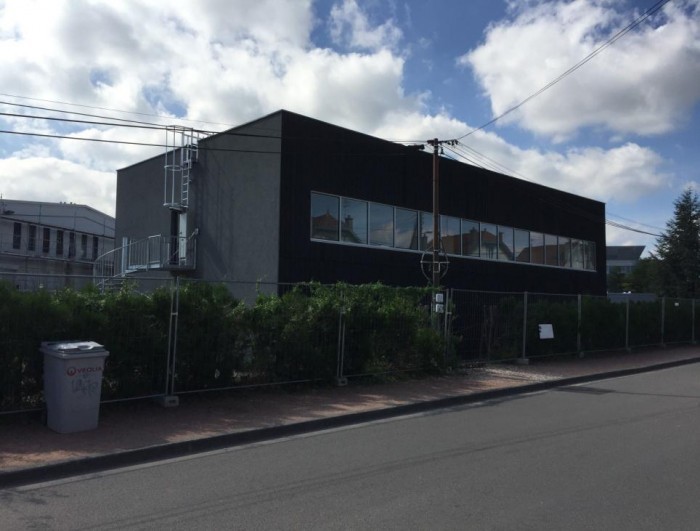



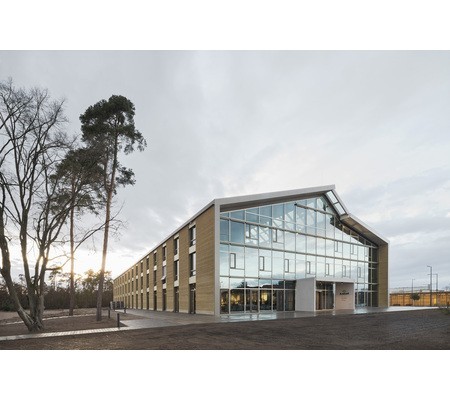
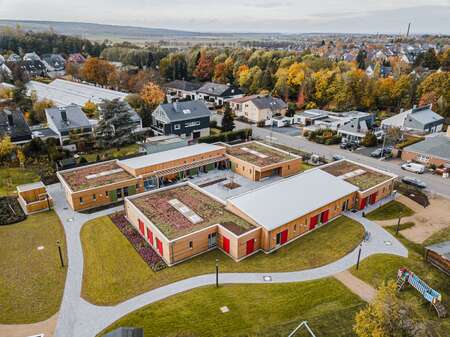
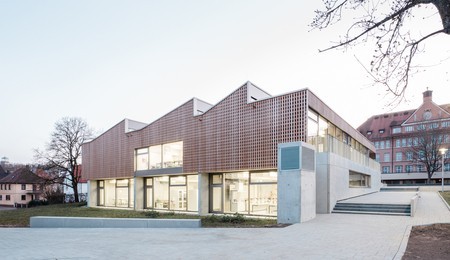
![Lister Dreieck [EN]](https://www.construction21.org/deutschland/data/sources/users/1282/.thumbs/20210325144314-rh2716-0082.jpg)
![AUDI Brand Experience Center [EN]](https://www.construction21.org/deutschland/data/sources/users/1281/.thumbs/20210324141015-atc-iv-aussen-ost-v1-2-0201.jpg)
